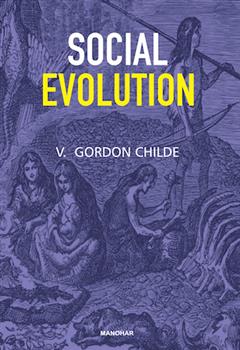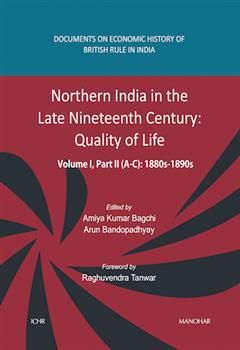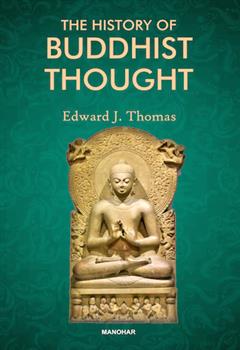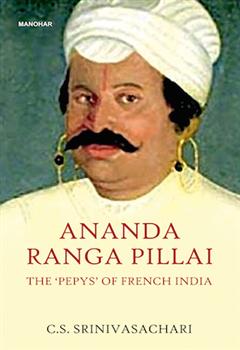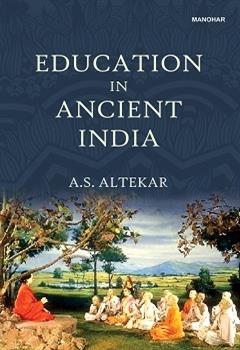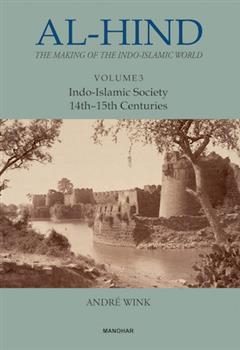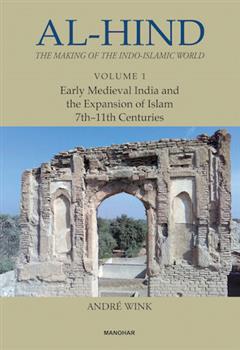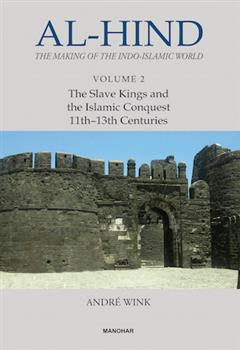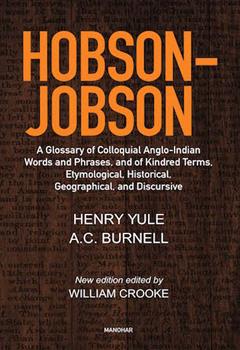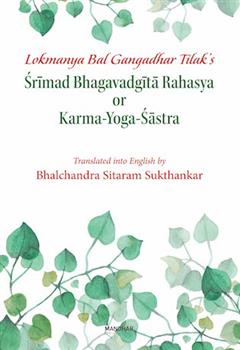History
Featured Products
Northern India in the Late Nineteenth Century: Quality of Life, Volume I, Part II (A, B, C): 1880s-1890s
₹8,516.45
M.R.P.:₹ 11,995.00
You Save: ₹3,478.55 (29.00% OFF)
Ananda Ranga Pillai: The 'Pepys' of French India
₹1,576.05
M.R.P.:₹ 1,995.00
You Save: ₹418.95 (21.00% OFF)
Al-Hind: The Making of the Indo-Islamic World (Vol. 3), Indo-Islamic Society 14th-15th Centuries
₹1,102.00
M.R.P.:₹ 1,450.00
You Save: ₹348.00 (24.00% OFF)
Al-Hind: The Making of the Indo-Islamic World (Vol. 1), Early Medieval India and the Expansion of Islam 7th-11th Centuries
₹1,576.05
M.R.P.:₹ 1,995.00
You Save: ₹418.95 (21.00% OFF)
Al-Hind: The Making of the Indo-Islamic World (Vol. 2), The Slave Kings and the Islamic Conquest 11th-13th Centuries
₹1,843.60
M.R.P.:₹ 2,095.00
You Save: ₹251.40 (12.00% OFF)
Hobson-Jobson: A Glossary of Colloquial Anglo-Indian Words and Phrases, and of Kindred Terms, Etymological, Historical, Geographical, and Discursive
₹1,418.05
M.R.P.:₹ 1,795.00
You Save: ₹376.95 (21.00% OFF)
Lokmanya Bal Gangadhar Tilak's, Srimad Bhagavadgita Rahasya or Karma Yoga-Sastra
₹1,023.05
M.R.P.:₹ 1,295.00
You Save: ₹271.95 (21.00% OFF)


